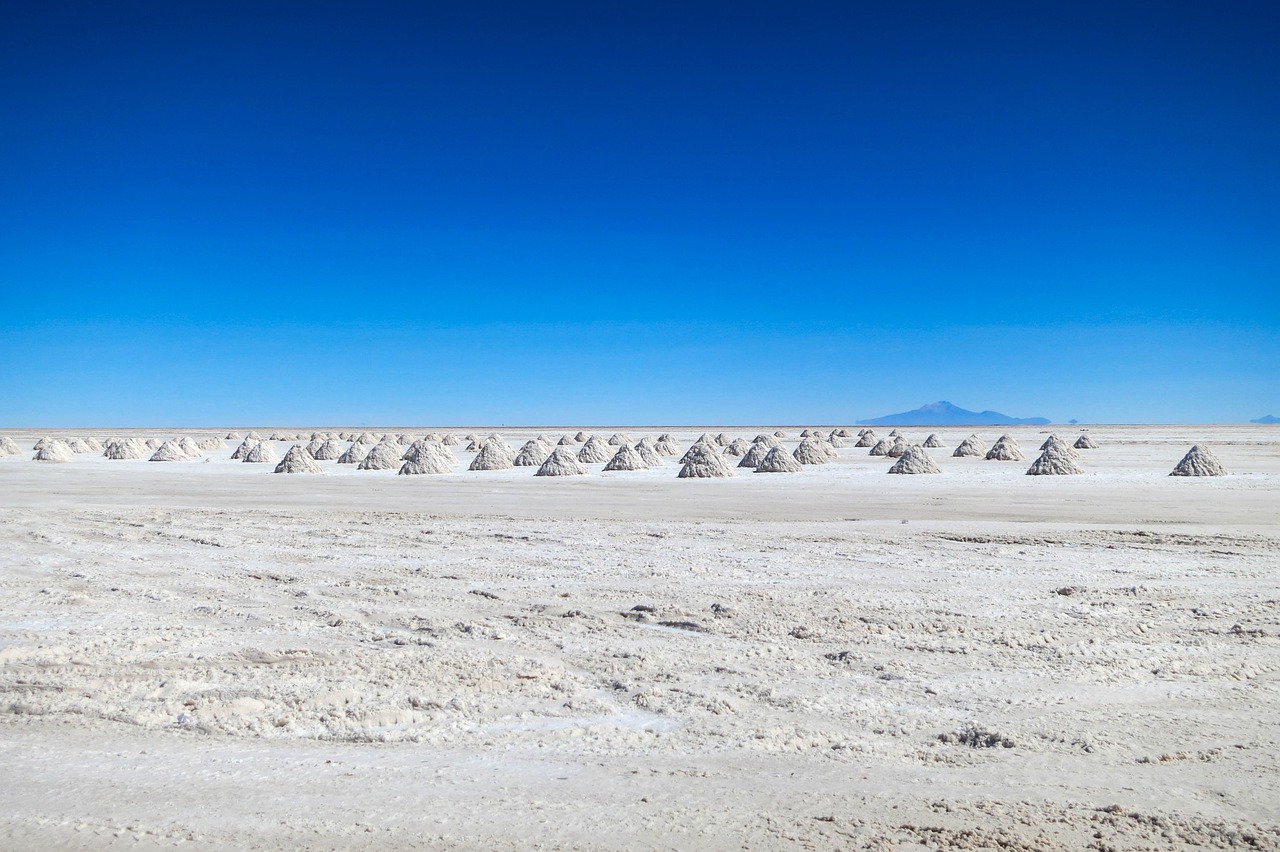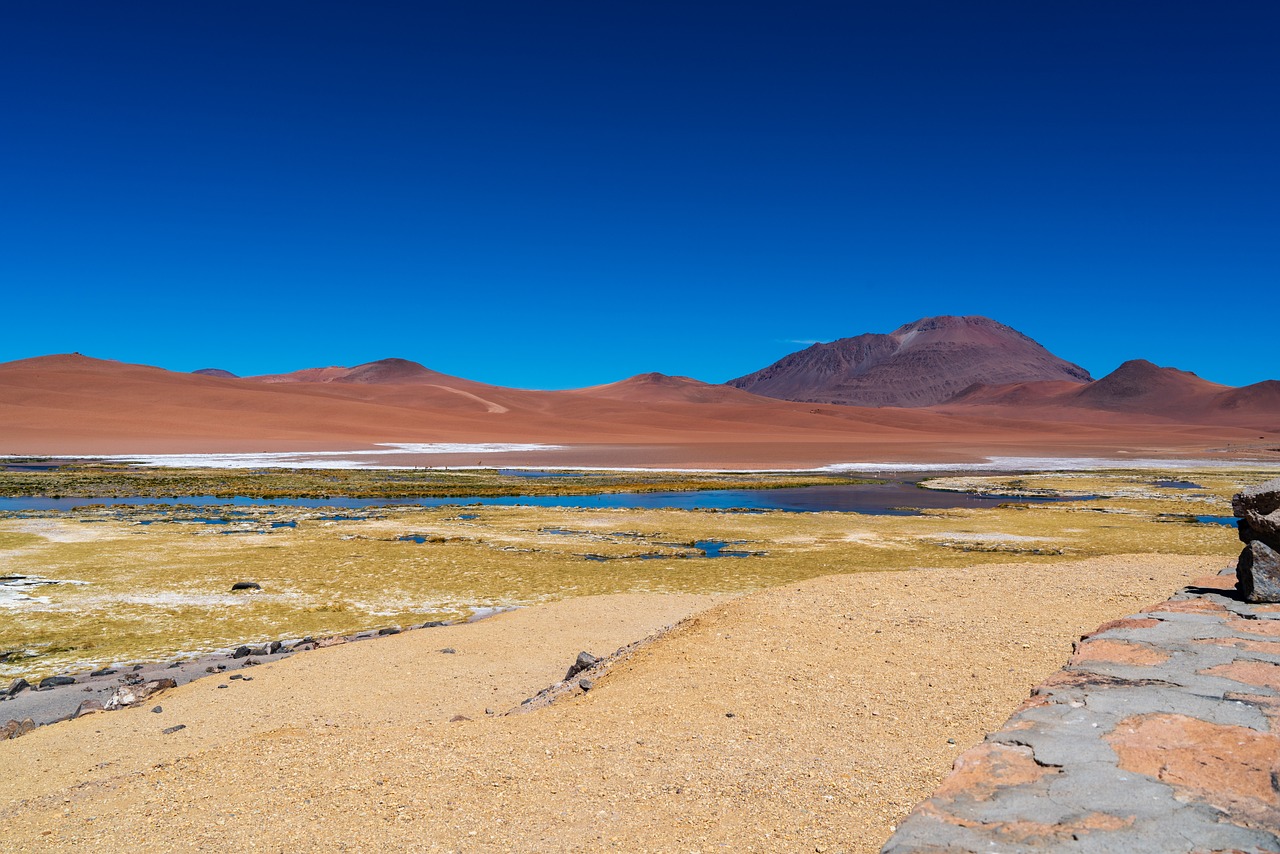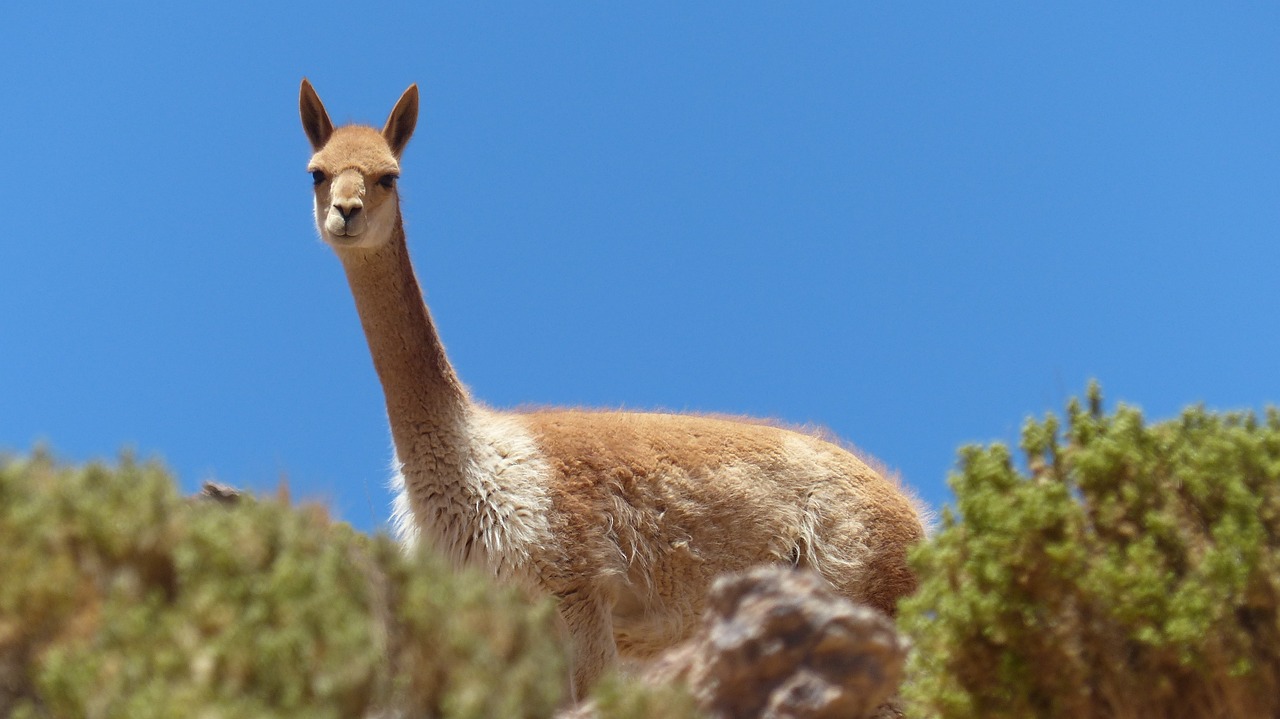Bolivia Video
Celebrating Global Festivals with Locals in Bolivia
Bolivia is a country rich in cultural diversity and vibrant celebrations. Its festivals provide a unique opportunity for travelers to immerse themselves in the local traditions, experience the lively atmosphere, and create lasting memories. In this article, we will explore some of the most captivating festivals in Bolivia and how you can celebrate them alongside the locals.
Carnival de Oruro
The Carnival de Oruro is one of Bolivia’s most renowned festivals, recognized by UNESCO as a Masterpiece of the Oral and Intangible Heritage of Humanity. It takes place in the city of Oruro and showcases a fusion of indigenous Andean and Catholic traditions. During the festival, the streets come alive with colorful parades, traditional dances, elaborate costumes, and vibrant music. Join the locals in dancing to the rhythm of traditional Bolivian tunes and witness the mesmerizing Diablada dance, featuring masked dancers representing good and evil spirits.
- Diablada: The Diablada dance is the highlight of the Carnival de Oruro. It portrays the eternal struggle between good and evil, with dancers wearing intricate devil costumes adorned with feathers, sequins, and masks. The choreography is a captivating mix of graceful movements and energetic footwork.
- Morenada: Another popular dance during the Carnival de Oruro is the Morenada, which originated from the Afro-Bolivian community. Dancers wear ornate costumes and masks, representing enslaved Africans and their struggle for freedom. The dance is characterized by slow, synchronized movements accompanied by the rhythmic beat of drums.
- Tinku: Tinku is a traditional fighting ritual that takes place during the Carnival de Oruro. It symbolizes the ancient Andean tradition of resolving conflicts through physical combat. Participants engage in controlled fights, wearing colorful traditional attire and exchanging punches and kicks in a show of strength and bravery.

Fiesta de la Virgen de la Candelaria
The Fiesta de la Virgen de la Candelaria, also known as the Feast of Our Lady of Candelaria, is a religious and cultural celebration held in the city of Copacabana. It honors the patron saint of Bolivia and attracts thousands of pilgrims and tourists each year. The festival combines Catholic traditions with indigenous rituals, creating a unique blend of devotion and festivity.
- Processions: The festival begins with colorful processions where devotees carry statues of the Virgin Mary through the streets. Pilgrims from all over Bolivia gather to pay their respects and seek blessings.
- Blessing of Vehicles: A highlight of the Fiesta de la Virgen de la Candelaria is the blessing of vehicles. Locals bring their cars, buses, and boats to the main square to receive a special blessing from the priests. This tradition aims to ensure safe travels and protection for the vehicles.
- Dance Performances: Throughout the festival, traditional dance groups from various regions of Bolivia perform in vibrant costumes and masks. The dances range from energetic and lively to graceful and symbolic, showcasing the diversity of Bolivian culture.
Gran Poder Festival
The Gran Poder Festival, held in La Paz, is one of the largest and most colorful festivals in Bolivia. It celebrates the patron saint of the city, Señor del Gran Poder, and attracts thousands of dancers, musicians, and spectators. The festival is a vibrant display of Bolivian folklore, with extravagant costumes, energetic dances, and lively music.
- Entrada: The highlight of the Gran Poder Festival is the Entrada, a grand procession where more than 50,000 dancers parade through the streets of La Paz. Each dance group represents a different region or cultural tradition, showcasing the diversity of Bolivia’s cultural heritage.
- Chola Paceña: One of the most iconic costumes seen during the festival is the traditional attire of the Chola Paceña, the indigenous women of La Paz. They wear colorful skirts, bowler hats, and intricately embroidered shawls, creating a striking visual spectacle.
- Caporales: The Caporales dance group has become a symbol of the Gran Poder Festival. Dancers wear elaborate costumes inspired by colonial-era slave drivers and perform energetic choreography characterized by fast footwork and rhythmic movements.

Inti Raymi
Inti Raymi, or the Festival of the Sun, is a traditional Inca celebration that takes place in various regions of Bolivia, including the archaeological site of Tiwanaku. The festival marks the winter solstice and pays homage to Inti, the Inca sun god. It is a spiritual and cultural event that showcases ancient rituals and traditions.
- Offerings to the Sun: During Inti Raymi, participants offer various gifts to the sun, such as coca leaves, flowers, and food. These offerings symbolize gratitude for the sun’s life-giving energy and the abundance it provides.
- Traditional Ceremonies: The festival includes traditional ceremonies performed by indigenous communities. These ceremonies involve music, dance, and rituals that reflect the deep connection between the Andean people and nature.
- Reenactment of Ancient Rituals: Visitors can witness reenactments of ancient Inca rituals, such as the Challa ceremony. This ceremony involves sprinkling sacred water and offering blessings to the earth and the surrounding natural elements.
Tinku Festival
The Tinku Festival is a unique and intense celebration that takes place in the town of Macha. It is a ritualistic fight between communities that symbolizes the Andean belief in the balance between life and death. The festival is a display of strength, bravery, and ancestral traditions.
- Tinku Battles: The main attraction of the Tinku Festival is the fierce battles between participants. Men and women from different communities engage in physical combat, wearing traditional attire and exchanging punches and kicks. The fights are considered a way to honor Pachamama, the Andean earth goddess.
- Traditional Music and Dance: Alongside the battles, traditional music and dance performances add to the festive atmosphere. Musicians play Andean instruments, such as the pan flute and drums, while dancers showcase their skills in colorful costumes.
- Offerings to Pachamama: The Tinku Festival includes rituals and offerings to Pachamama, as gratitude for the fertility of the land and the protection of the community. Participants offer coca leaves, alcohol, and other symbolic items to the earth goddess.

References
– unesco.org
– boliviabella.com
– bolivianlife.com
– bolivianexpress.org


